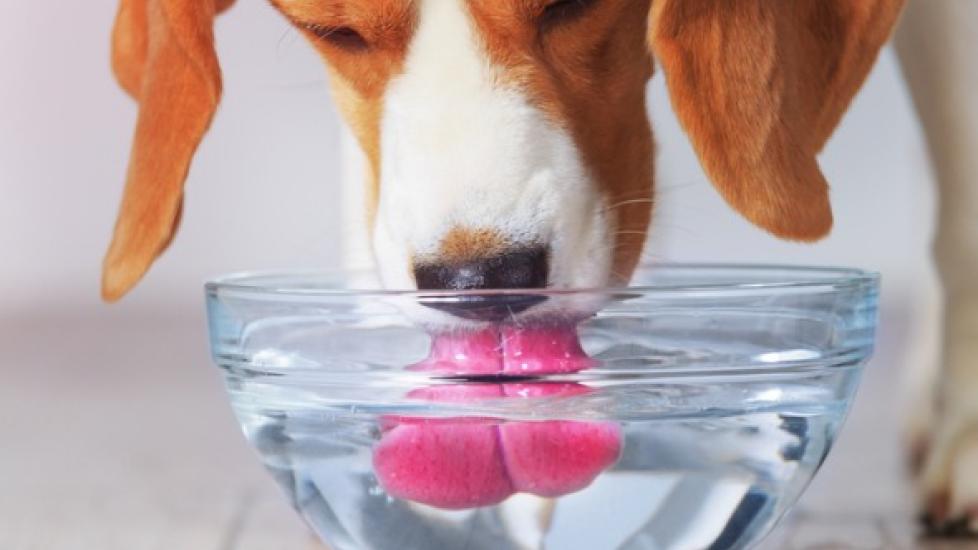As a pet expert, I’ve encountered numerous concerns from dog owners regarding the well-being of their furry companions. One common query revolves around identifying signs of dehydration in dogs. It is crucial to recognize these symptoms early on, as severe dehydration can be life-threatening. This article aims to equip you with the knowledge to assess your dog’s hydration status and take appropriate action if needed.
Signs of Dehydration in Dogs:
1. Thirsty Behavior: Your usually content pooch may start showing increased interest in water or begging for more than usual.
2. Urination Frequency and Volume: A dehydrated dog might urinate less frequently and produce smaller amounts of concentrated urine that appears darker yellow or amber.
3. Elevated Body Temperature: Increased body temperature due to lack of fluid can lead to panting, which is one of the most visible indicators of dehydration.
4. Dry Gums and Tongue: When you gently lift your dog’s lips to check inside its mouth, dry gums and a tacky tongue are telltale signs of moisture loss.
5. Lethargy and Weakness: As the body struggles to function without enough fluids, your pup may exhibit fatigue, disinterest in play, and reduced energy levels.
6. Skin Test: Pinch some skin on your dog’s back between two fingers and release it quickly. If the skin stays ‘tented’ for an extended period before returning to normal, this could indicate dehydration.
7. Vomiting and Diarrhea: These gastrointestinal issues often result in excessive fluid loss, contributing to dehydration.
Potential Causes of Dehydration:
1. Illnesses: Viral infections like parvovirus or distemper can cause vomiting and diarrhea leading to rapid dehydration.
2. Heat Exposure: Overheating during exercise or being left outside in hot weather without access to shade and water can dehydrate your dog quickly.
3. Lack of Access to Water: Whether by accident (e.g., a tipped over bowl) or oversight, not having access to fresh drinking water can lead to dehydration.
4. Medical Conditions: Chronic kidney disease, diabetes mellitus, or other medical conditions affecting thirst mechanisms or renal functions can predispose dogs to dehydration.
Prevention and Treatment:
1. Always ensure clean, fresh water is available at all times.
2. Monitor outdoor activities in extreme heat; provide frequent breaks and plenty of water.
3. Regularly check that your dog’s water bowl has sufficient water and isn’t spilt.
4. Consult with your veterinarian about proper dietary intake based on age, breed, weight, and activity level.
5. Stay alert for any changes in behavior that could signal illness or distress.
6. Seek veterinary attention immediately if you suspect significant dehydration—they can administer IV fluids and offer further treatment plans tailored to your dog’s needs.
Remember, every dog is unique, and what constitutes “normal” hydration varies slightly among individuals. However, staying vigilant for signs of dehydration will help keep your best friend healthy and happy. By knowing how to spot them early, you can act promptly and safeguard your beloved companion against the potentially serious consequences of inadequate fluid intake.
